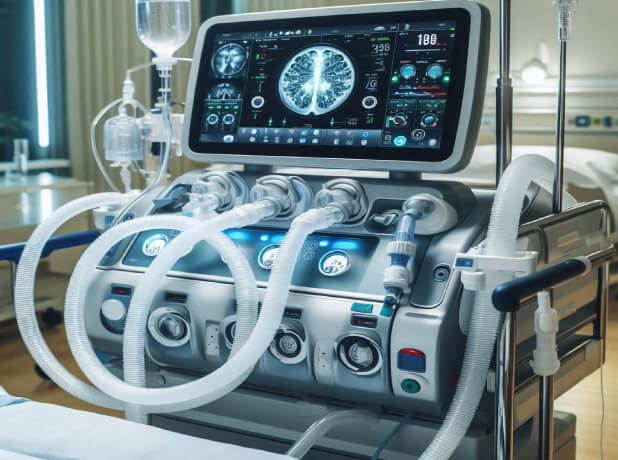Artificial Intelligence for Mechanical Ventilation: A Transformative Shift in Critical Care
Abstract With the large volume of data coming from implemented technologies and monitoring systems, intensive care units (ICUs) represent a key area for artificial intelligence (AI) application. Despite the last decade has been marked by studies focused on the use of AI in medicine, its application in mechanical ventilation management is still limited. Optimizing […]








